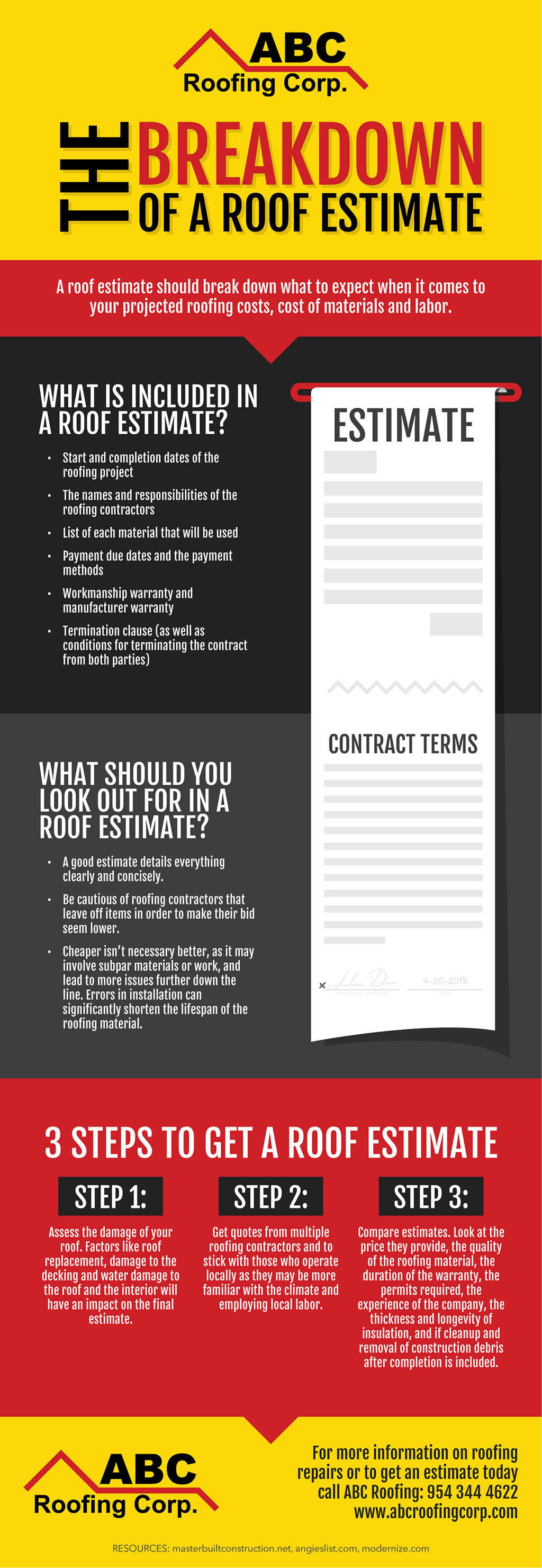Eager To Identify The Hidden Indicators Of Roofing System Wear? Discover Vital Ideas To Avoid Expensive Repair Work Before It's Too Late
Eager To Identify The Hidden Indicators Of Roofing System Wear? Discover Vital Ideas To Avoid Expensive Repair Work Before It's Too Late
Blog Article
Suggested Browsing -Gold Kent
To shield your home from possible pricey fixings, recognizing roofing system damages early is vital. By watching out for see post like missing tiles or water stains, you can capture problems prior to they intensify. But what about those usually forgotten areas that could hint at covert problems hiding above you? Stay tuned to find vital ideas for detecting roofing system damages before it rises right into a significant frustration.
Very Early Indication
Detecting roof damages early can conserve you time and money. One key very early warning sign to watch out for is missing or harmed tiles. If you observe any kind of roof shingles that are split, curling, or completely missing, it's necessary to address the issue quickly. These harmed tiles can leave your roof at risk to leaks and more damages.
An additional indication to seek is water discolorations on your ceiling or wall surfaces. These discolorations can show a leak in your roof covering that requires immediate attention. Neglecting these water stains can bring about much more substantial and expensive repairs down the line.
Additionally, be on the lookout for any indications of sagging or sagging locations on your roof covering, as this might indicate architectural damages that needs to be taken care of quickly.
Outside Assessment Tips
Consistently examining the exterior of your roof is crucial for keeping its stability and recognizing potential damages early. Beginning by examining the shingles-- seek any missing out on, broken, or crinkling shingles, as these can be signs of roof damage.
Check the gutters for granules from the tiles, as extreme granule loss may indicate aging or weathering. Take notice of the blinking around vents, chimneys, and skylights, guaranteeing they're tightly sealed and without cracks.
Try to find indications of moss, algae, or mold growth, as these can result in roof covering degeneration otherwise attended to immediately. Additionally, inspect the fascia and soffits for any type of water discolorations or rot, which can signify water damages.
Finally, examine the total condition of your roof from the ground, searching for any type of drooping locations or recognizable dips. By conducting these outside assessments consistently, you can capture roof damages early and stop it from becoming a major trouble.
Interior Red Flags
When evaluating your roofing system for possible damage, do not overlook the value of checking the inside of your home. Interior red flags can usually be early signs of roofing system problems that need focus.
Beginning by analyzing your ceilings for any kind of water spots or staining, as these might indicate a leakage in the roof. One more essential area to check is the attic room, where signs of water damages, mold, or mildew may suggest a roof covering problem.
Pay very close attention to any musty odors or a noticeable boost in humidity degrees, as these can also be signs of water intrusion from a harmed roof covering. Furthermore, drooping locations in the ceiling or walls must be taken seriously, as they could be a result of water damages deteriorating the structure.
If you discover any one of these interior red flags, it's essential to have a professional contractor evaluate the scenario without delay to avoid further damage and expensive repair services.
Final thought
By remaining cautious and frequently checking for early indication of roofing system damage, you can stop small issues from becoming significant troubles. Watch out for missing out on or harmed shingles, water discolorations on ceilings or wall surfaces, and any kind of sagging or sagging areas on the roof. By attending to these concerns without delay, you can conserve yourself from expensive repairs and ensure your roof covering continues to be in good condition for years to come. Keep positive and shield your home from prospective damage.
